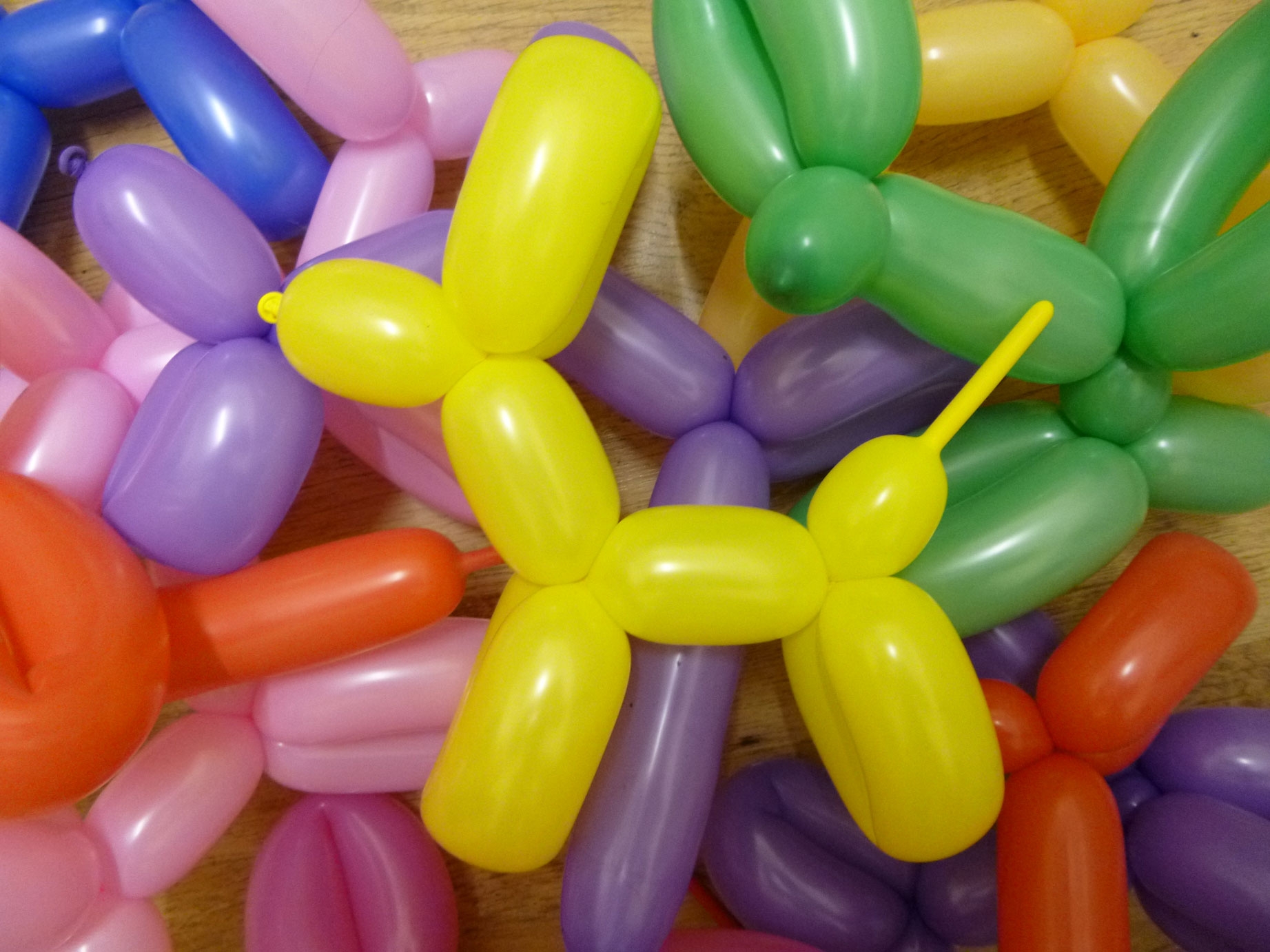In the debate about the nature and merits of the art market, one of the more tortured questions is what kind of financial object an artwork really is. Is it a ‘commodity’? Is it merely a ‘consumer’ item, something to mop up the vast disposable income of rich collectors? Or is art an ‘investment’, something bought in order that it might produce more value further down the line? And if it is an investment, then does this make the art object an ‘asset’, for example like property, or gold, as Jonathan T.D. Neil argued in his column in ArtReview in December, following November’s record-breaking auction sale of Jeff Koons’s Balloon Dog (Orange) (1994–2000), for $58.4 million?
The sale of Koons’s Balloon Dog isn’t really a case of mega-rich collectors merely vaunting their disposable wealth in public – no one would seriously blow just shy of $60m without thinking that this was nothing more than a debit on their monthly outgoings, however wealthy they are. So what makes the sale interesting is Balloon Dog’s status as an artwork that looks like a commodity but isn’t one, and what this says about how the upper echelons of society now understand the idea of ‘investment’.
What makes the commodity-or-investment debate peculiarly appropriate to Balloon Dog is that Koons, back in 2010, sought to impose a cease-and-desist order on a maker and seller of balloon-dog-shaped bookends in San Francisco. Koons, after much public derision, backed down, but that daft case points us to what an artwork’s strange economic identity really is. Since art collectors appear to ‘consume’ the artworks, like the rest of ‘consumers’ consume toasters, toothpaste, fridge-freezers, laptops, hairspray, even balloon-dog bookends, what is the difference between Koons’s balloon dog and any other balloon dog-shaped product?
Koons’s 2010 balloon-dog shenanigans show up why artworks are not strictly speaking commodities, much as art theorists and radical critics like to talk about the ‘commodification’ of art. Commodities are interchangeable, are produced to meet the demand that exists for them and are eventually consumed or destroyed by their use. So one balloon-dog bookend is much like another balloon-dog bookend, even if they’re not of the same quality; manufacturers make balloon-dog bookends for as long as people want them; and we use them until they break or we get bored of them and throw them away. Artworks, like Koons’s Balloon Dog are, by contrast, not interchangeable (it’s a Koons balloon dog); artworks are not reproduced to satisfy demand, but are always kept in short supply; and artworks are bought to be preserved, not worn out, or ‘consumed’, by their use.
So if artworks don’t count as commodities, what are they? And why did someone pay $58.4m for what is essentially a shiny balloon dog? A balloon dog which, technically and legally speaking, they could have had manufactured for themselves at a fraction of the cost?
As Neil pointed out, paraphrasing Warren Buffet, artworks are ‘assets that will never produce anything, but that are purchased in the buyer’s hope that someone else will pay more for them in the future’. In effect, the market for artworks is really like any market for collectibles, rather than luxury goods (because however expensive, luxury goods are ultimately replaceable) and as such it makes them objects of speculative investment.
But if buying into artworks like this is seen as an ‘investment’, then it is based on a very degraded notion of investment; degraded because it’s based on turning a profit on the scarcity of things, rather than investing the capacity to make more of those things available.
Neil argues that the motive for buying into such assets is the fear that your cash will lose its value. That is no doubt true. But what lies behind that fear? As the Balloon Dog/balloon-dog bookend example suggests, some artists are now in the business of producing rare objects in which the wealthy might store value, at a time when investing in producing wealth – the kind of wealth that represents real prosperity for everyone – is the last thing capitalists in the West seem capable of doing. Five years into the downturn, with few signs of growth around, the price of commodities like energy, property and food just keep going up. With inflation like that, keeping cash around is the last thing the wealthy want to do – apart from investing it productive investment. Maybe it’s time the banner was written: ‘Balloon dogs for the many, not just the few.’
This article was first published in the January & February 2014 issue.
